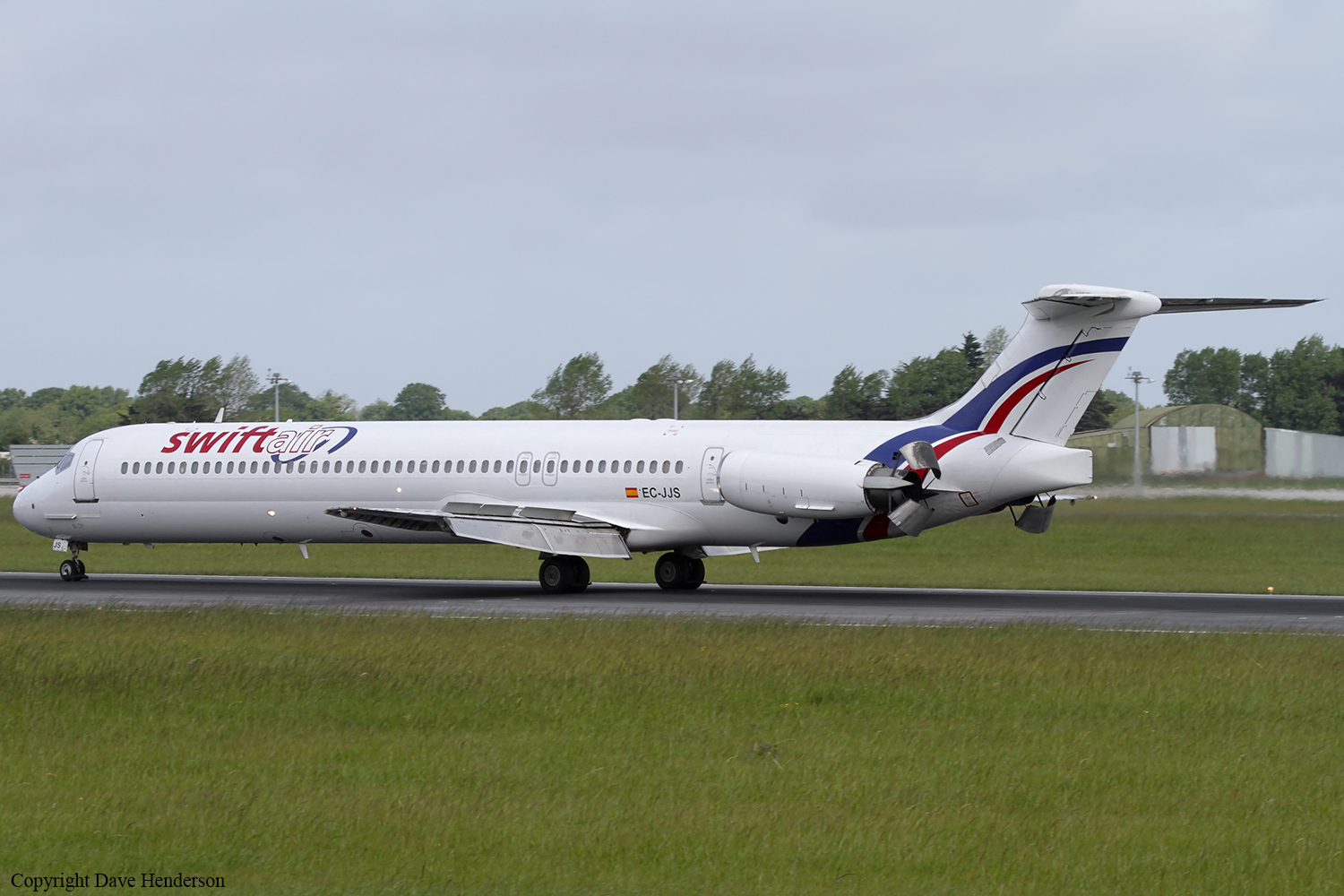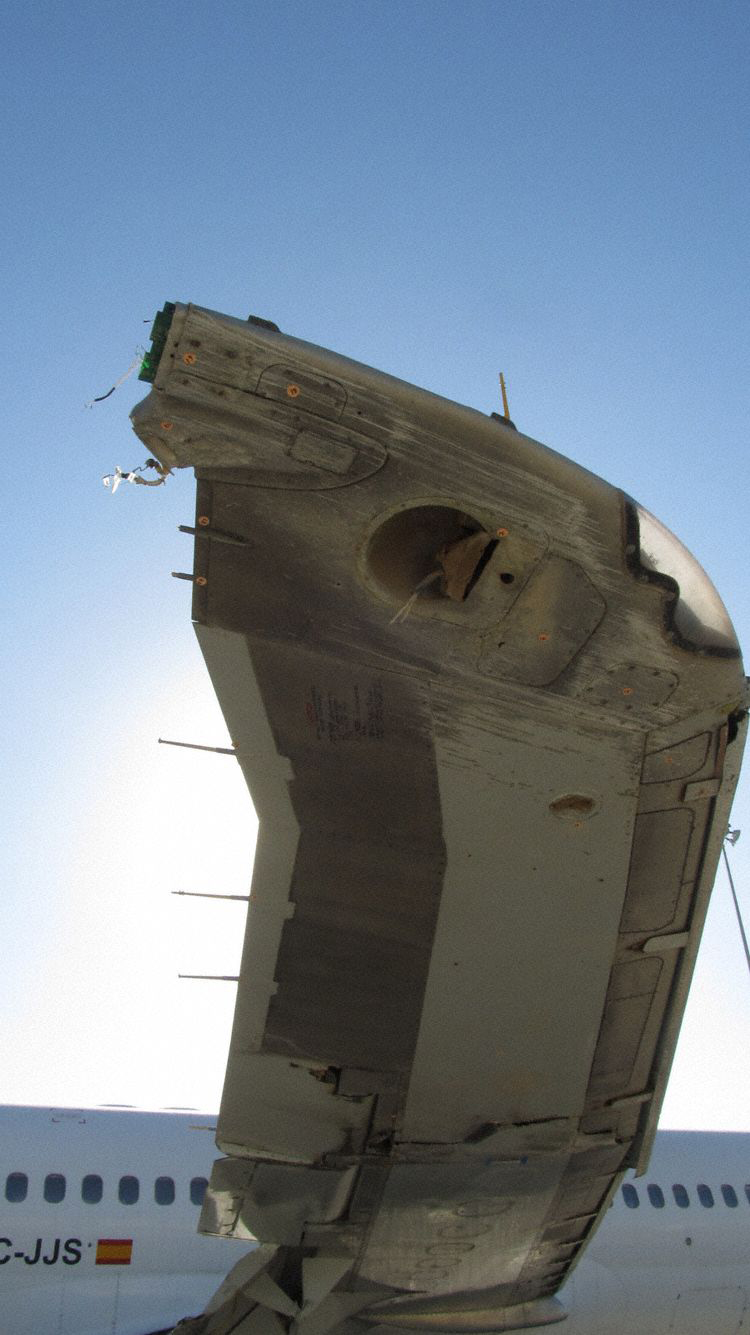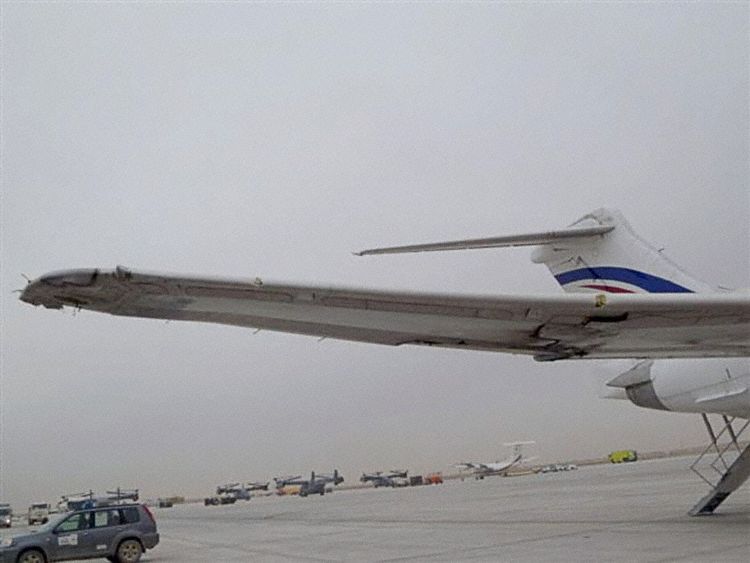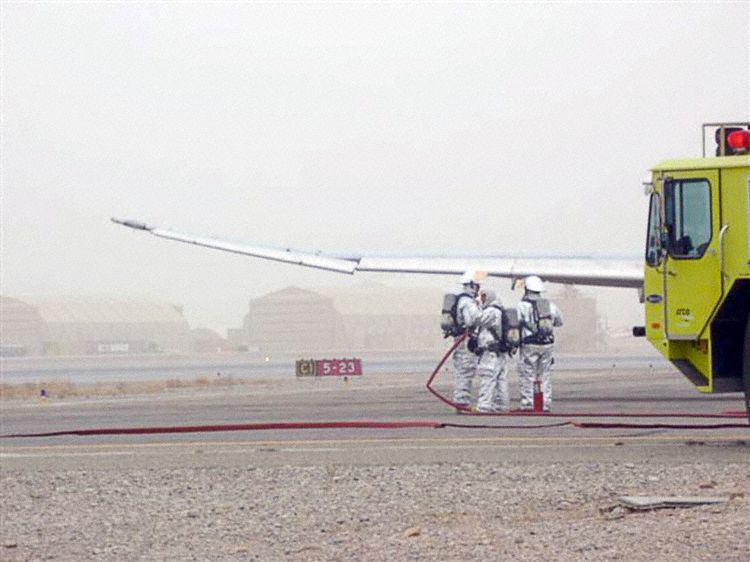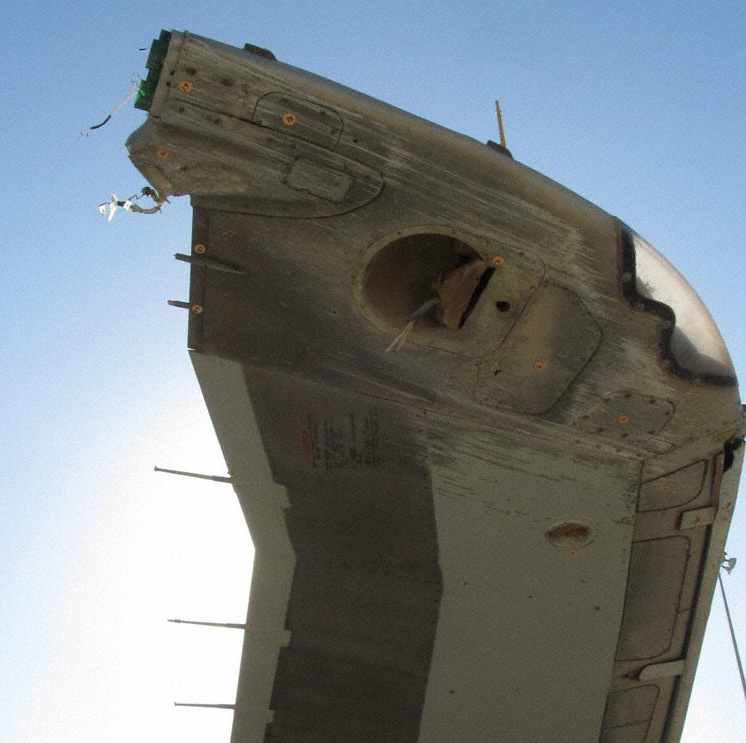Country
Operator Image

Crash of an MD-83 near Gossi: 116 killed
Date & Time:
Jul 24, 2014 at 0147 LT
Registration:
EC-LTV
Survivors:
No
Schedule:
Ouagadougou - Algiers
MSN:
53190/2148
YOM:
1996
Flight number:
AH5017
Crew on board:
6
Crew fatalities:
Pax on board:
110
Pax fatalities:
Other fatalities:
Total fatalities:
116
Captain / Total hours on type:
10007.00
Copilot / Total hours on type:
6180
Aircraft flight hours:
38362
Aircraft flight cycles:
32390
Circumstances:
The Swiftair MD-83 was performing flight AH5017 on behalf of Air Algérie (this regular schedule is performed four times a week). The aircraft left Ouagadougou at 0117Z and was attempting to land in Algiers at 0510LT but failed to arrive. 116 people (110 passengers and a crew of 6) were on board. The last position of the MD-83 was west of Gao, Mali. In the evening of July 24 (some 16 hours after the aircraft disappearance), the wreckage was eventually located and spotted some 50 km west of the city of Gossi, south Mali. The aircraft disintegrated on impact and no survivors was found among the 116 occupants. At the time of the accident, bad weather conditions with storm activity, winds, turbulence and icing was confirmed over the region of Gao, until an altitude of 40,000 feet. At the time of the accident, the aircraft was flying west of this marginal weather area and referring to the French BEA graphic, the aircraft did not properly get around this turbulent area. It was confirmed the aircraft started a left turn from the altitude of 31,000 feet and then spiraled to the ground in less than three minutes (140° bank left and 80° nose down until impact). The last position recorded by the FDR at 0147LT and 15 seconds was at the altitude of 1,600 feet (490 meters) and at a speed of 380 KIAS (740 km/h) with a very high rate of descent.
Probable cause:
About two minutes after leveling off at an altitude of 31,000 ft, calculations performed by the manufacturer and validated by the investigation team indicate that the recorded EPR, the main parameter for engine power management, became erroneous on the right engine and then about 55 seconds later on the left engine. This was likely due to icing of the pressure sensors located on the engine nose cones. If the engine anti-ice protection system is activated, these pressure sensors are heated by hot air. Analysis of the available data indicates that the crew likely did not activate the system during climb and cruise. As a result of the icing of the pressure sensors, the erroneous information transmitted to the auto throttle meant that the latter limited the thrust delivered by the engines. Under these conditions, the thrust was insufficient to maintain cruise speed and the aeroplane slowed down. The autopilot then commanded an increase in the airplane's pitch attitude in order to maintain the altitude in spite of this loss of speed. This explains how, from the beginning of the error in measuring the EPR values, the airplane’s speed dropped from 290 kt to 200 kt in about 5 minutes and 35 seconds and the angle of attack increased until the aeroplane stalled. About 20 seconds after the beginning of the aeroplane stall, the autopilot was disengaged. The aeroplane rolled suddenly to the left until it reached a bank angle of 140°, and a nose-down pitch of 80°. The recorded parameters indicate that there were no stall recovery maneuvers by the crew. However, in the moments following the aeroplane stall, the flight control surfaces remained deflected nose-up and in a right roll. It was concluded that the accident was caused by the combination of several factors, among them the fact that the engine anti-icing systems were not activated by the crew. The final report is not available in English yet.
Final Report:
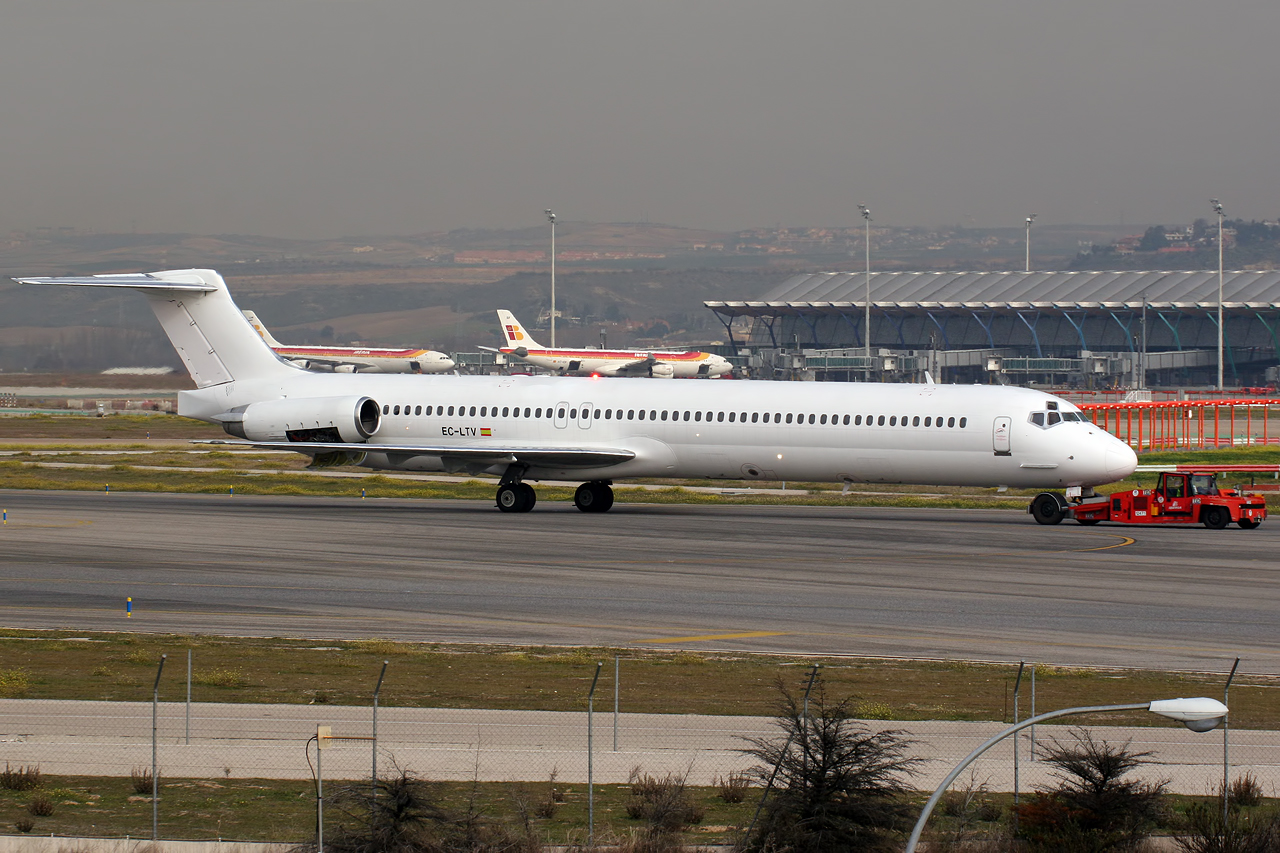
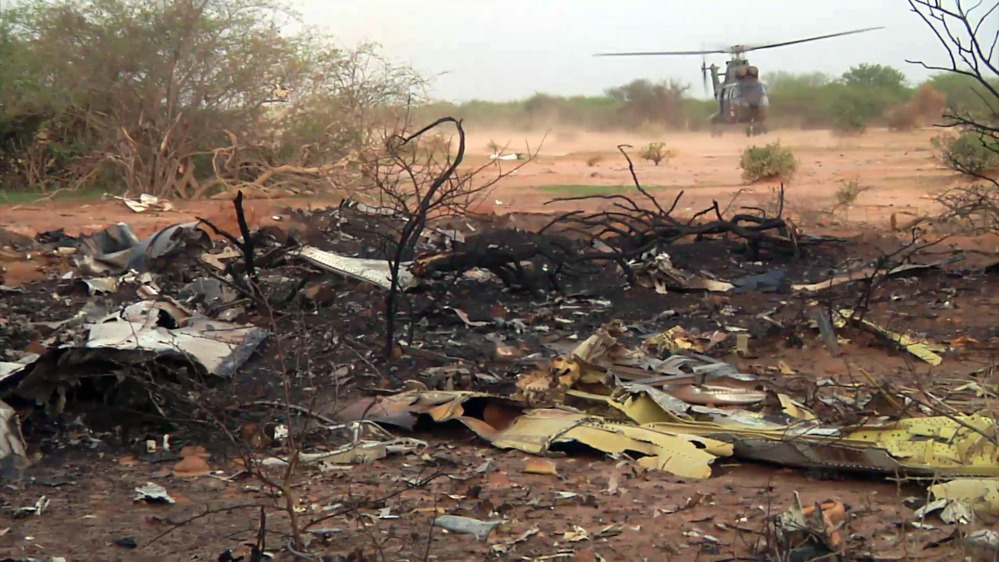
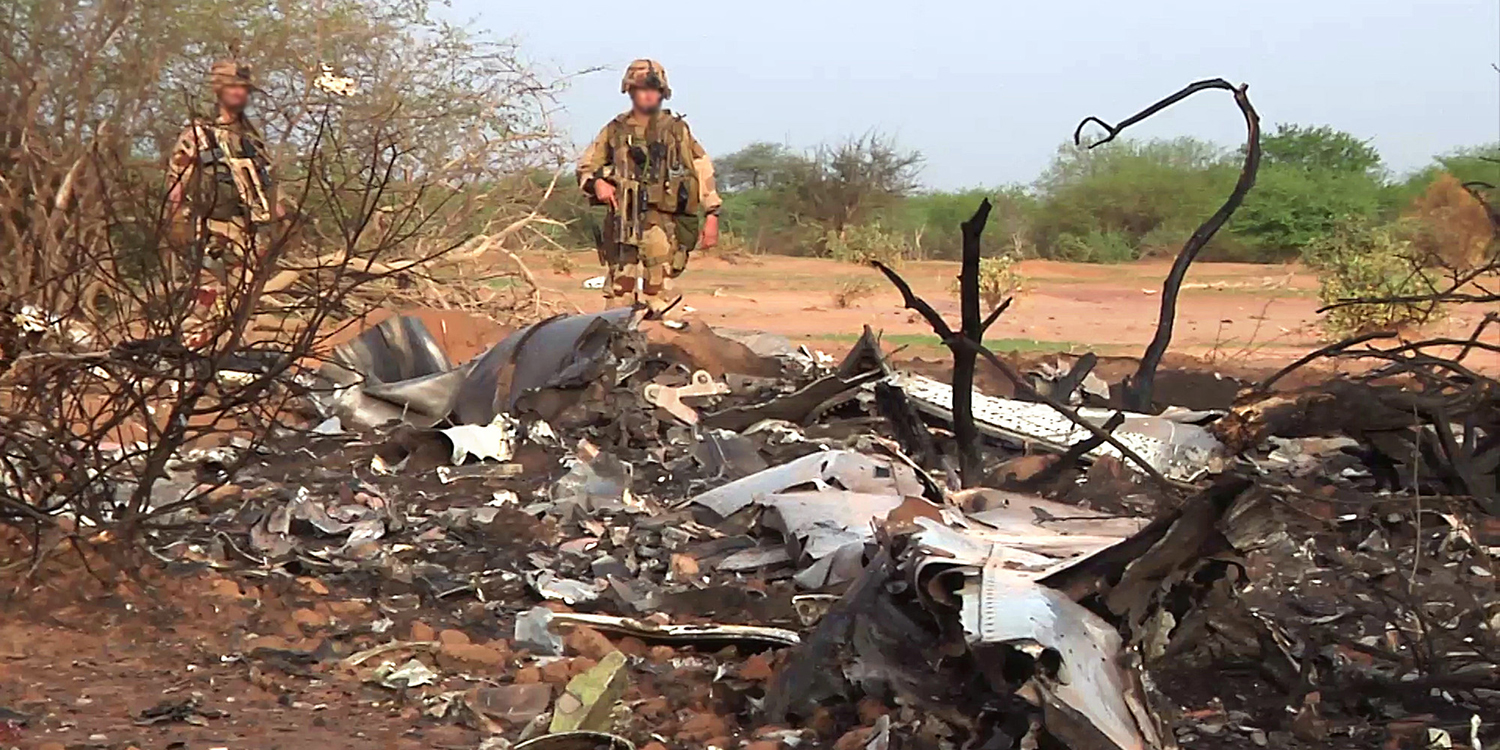
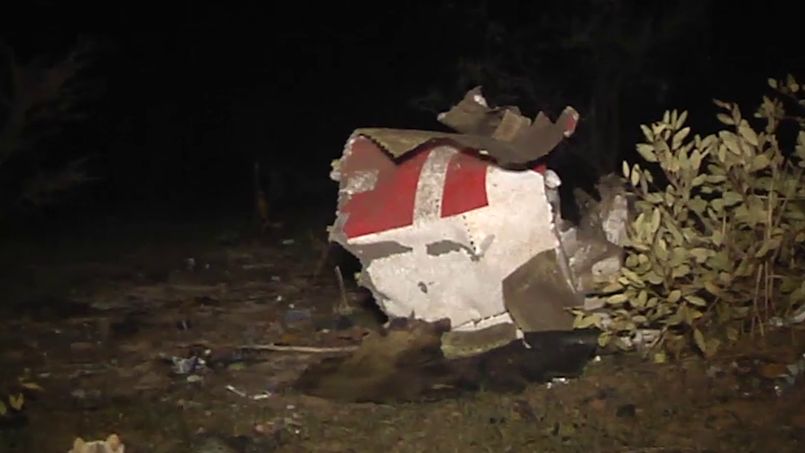
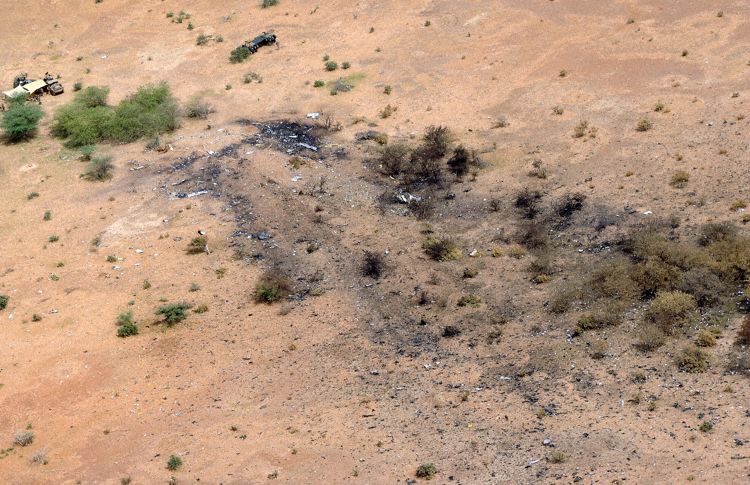
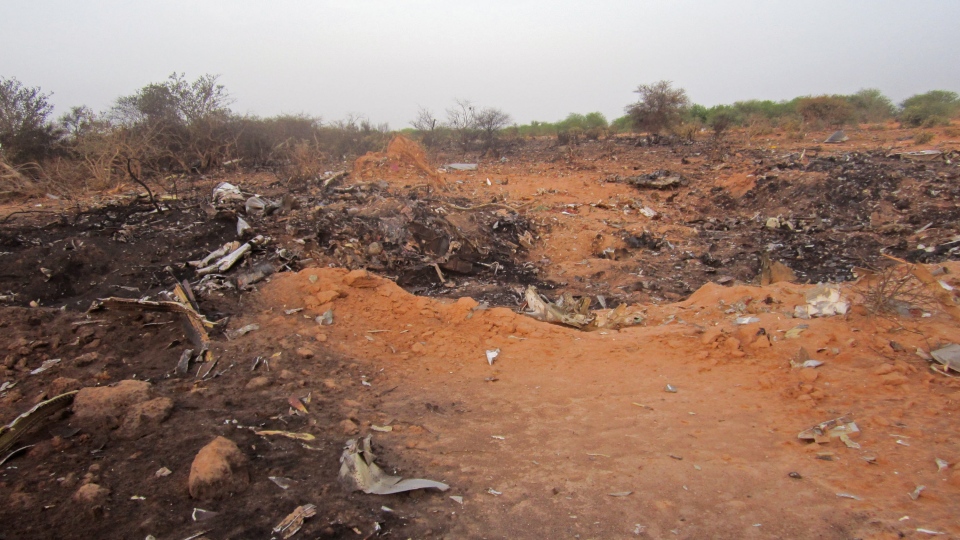
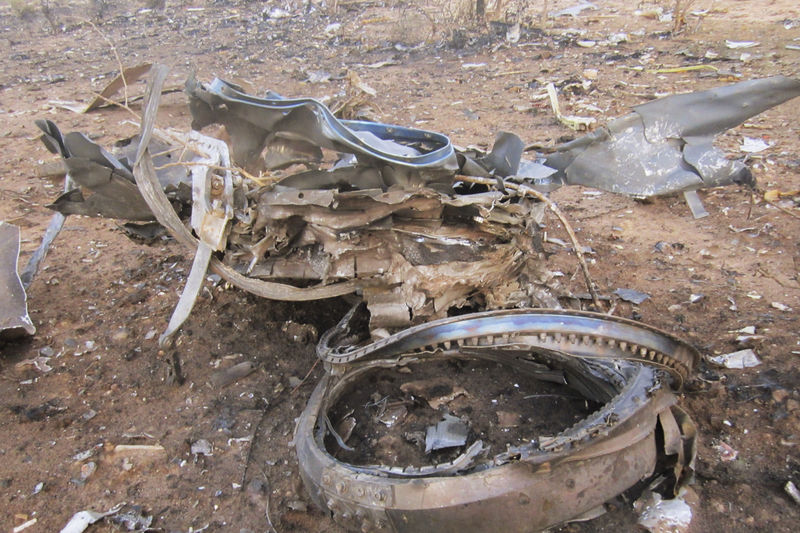
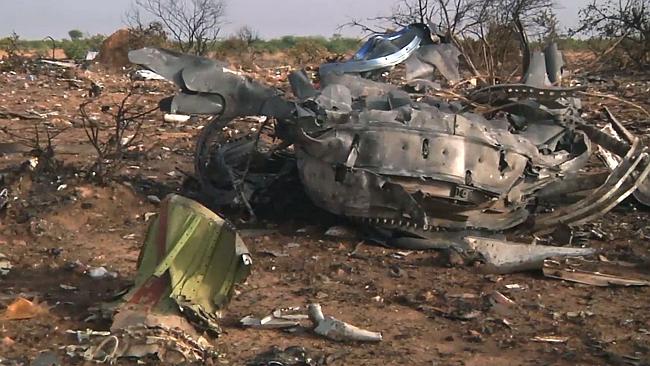


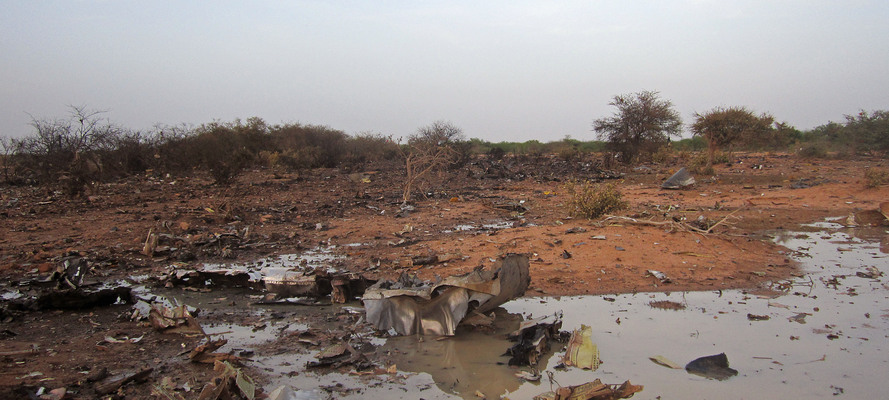
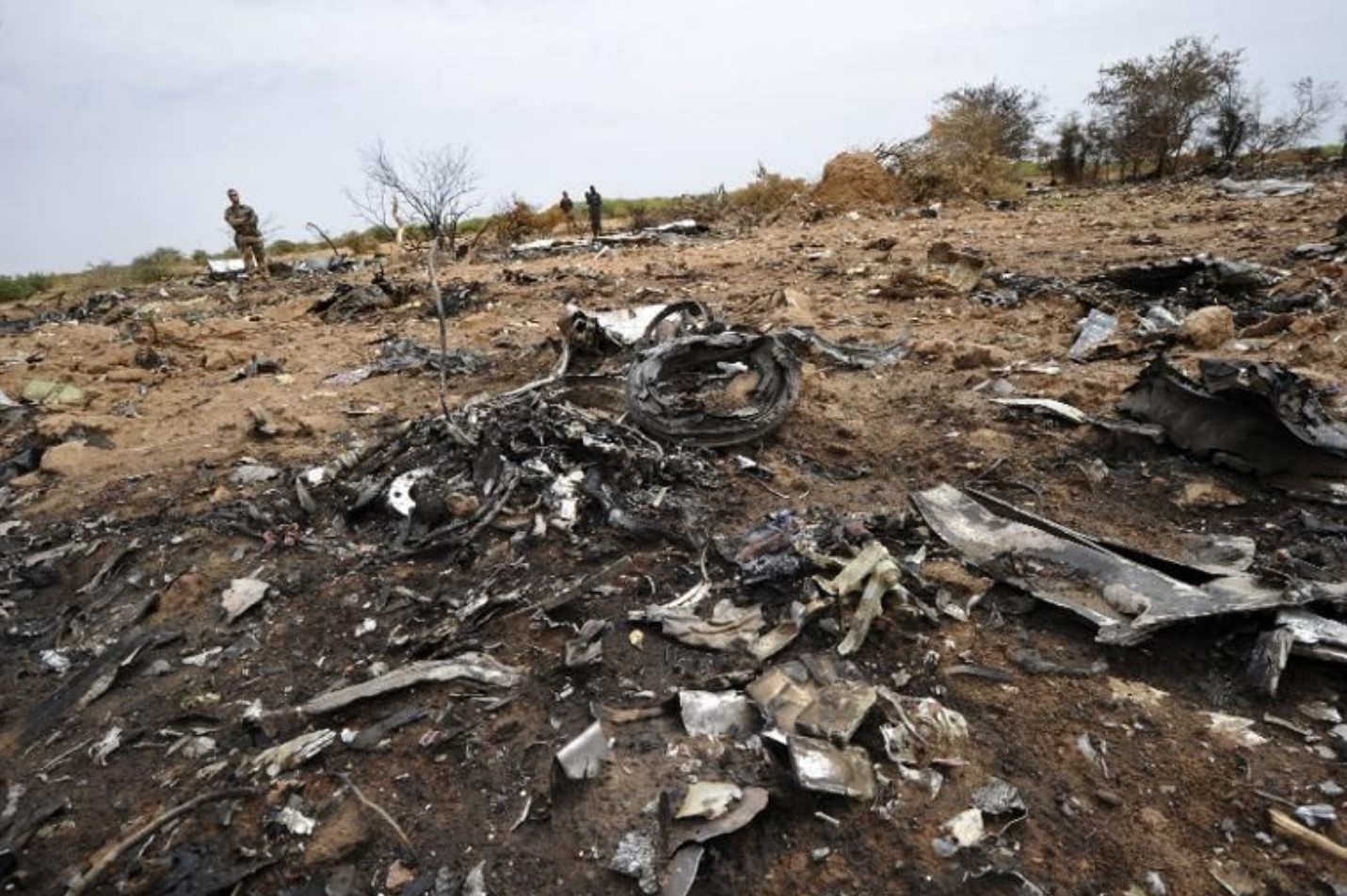
Crash of a McDonnell Douglas MD-83 in Kandahar
Date & Time:
Jan 24, 2012 at 0828 LT
Registration:
EC-JJS
Survivors:
Yes
Schedule:
Dubai - Kandahar
MSN:
49793/1656
YOM:
1989
Flight number:
SWT094
Crew on board:
5
Crew fatalities:
Pax on board:
86
Pax fatalities:
Other fatalities:
Total fatalities:
0
Captain / Total hours on type:
3228.00
Copilot / Total hours on type:
2222
Circumstances:
On Tuesday, 24 January 2012, a McDonnell Douglas MD-83, registration EC-JJS and operated by Swiftair, took off from the Dubai Airport (United Arab Emirates) at 02:08 UTC on a scheduled flight to the Kandahar Airport (Afghanistan). Its callsign was SWT094 and there were 86 passengers (one of them a company mechanic), three flight attendants and two cockpit crew onboard. Swiftair, S.A. was operating this regularly scheduled passenger flight under an ACMI arrangement with the South African company Gryphon Airlines. The crew was picked up at its usual hotel in the emirate of Ras al-Khaimah (United Arab Emirates) at 21:00. The airplane was parked in the Ras al-Khaimah airport and had to be flown empty to the Dubai Airport. This flight departed at 00:20 UTC en route to Dubai. Once there, an agent for Gryphon Airlines gave the crew the documentation for the flight to Kandahar. They went through customs at the Dubai Airport, boarded the passengers and the cargo and refueled the airplane with enough fuel to make the return the flight, a typical practice so as to avoid refueling in Kandahar. The airplane took off from runway 30R at the Dubai Airport at 02:08 on standard instrument departure RIKET2D and climbed to flight level FL290. The first officer was the pilot flying. At 03:42, while over SERKA, they were transferred to Kabul control, which instructed them to descend to FL280. The crew reported its ISAF callsign (ISF39RT) to this ATS station, which allowed the aircraft to fly over Afghan airspace, and entered the new stipulated squawk code. Kabul Control instructed the crew to follow some radar vectors that took them to point SODAS, where they were transferred to Kandahar Control at 03:46. The crew reduced the airspeed to 250 kt above this point. Kandahar Control cleared them for an RNAV (GPS) approach to runway 05, providing a direct vector to point FALOD (the IAF), and to descend to 6,000 ft. The weather information provided on the ATIS “F” broadcast was runway in use 05, wind from 060º at 17 kt gusting to 24 kt, visibility 1,200 m, scattered clouds at 2,700 ft and broken clouds at 3,000 ft, temperature 1 ºC, dewpoint -7 ºC and QNH 30.06 in Hg (1,018 mbar). This information was practically the same as that radioed to the crew by the Kandahar control tower a few minutes before landing: wind from 060 at 15 kt gusting to 21 kt. They reached point FALOD (IAF) under cloud cover (and thus in IMC conditions). They did not exit the clouds until 1,500 ft before minimums which, for this approach, according to the associated chart, was an altitude of 3,700 ft, or 394 ft AGL. They established visual contact with the runway 500 ft above minimums and noted that they were a little right of the runway centerline. Since the captain had more operational experience at the destination airfield, he decided to take over the controls and fly the last phase of the approach maneuver. The PAPI was out of service, meaning that in final approach they only had visual references to the runway and over the ground. During short final they corrected the deviation from the runway centerline by adjusting their path from right to left. They landed at 03:58. During the flare, the crew noticed the airplane was shifting to the left, threatening to take them off the runway, as a result of which the captain applied a right roll angle. This caused the right wing tip to strike the ground before the wheels made contact with the ground. The captain regarded the maneuver as a hard landing, although the first officer thought they might have struck the runway. The autopilot was engaged until visual contact was established with the runway and the auto-throttle until the landing. On exiting the runway, the airport control tower personnel (who had witnessed the contact with the ground) ordered the crew to stop and informed them of the damage they had seen during the landing. They dispatched the emergency services (firefighters), which forced them to turn off their engines. Once it was confirmed that there was no fuel leak or damage to the wheels or brakes, they allowed the crew to restart the engines and proceed to the stand. The wing made contact with the ground some 20 m prior to the threshold, resulting in five threshold lights being destroyed by the aircraft and in damage to the aircraft’s right wing. According to the crew’s statement, the passengers were not really aware of the contact between the wing and the ground and they were subsequently disembarked normally.
Probable cause:
The accident was likely caused by the failure to observe the company's operating procedures and not executing a go-around when the approach was clearly not stabilized. Moreover, the operator lacked the authorization (and the crew the training) to carry out the RNAV (GPS) approach maneuver that was conducted at RWY 05 of the Kandahar Airport.
Contributing to the accident was:
The inoperable status of the PAPI at runway 05 of the Kandahar Airport, which was thus unable to aid the crew to establish the aircraft on the correct descent slope.
Contributing to the accident was:
The inoperable status of the PAPI at runway 05 of the Kandahar Airport, which was thus unable to aid the crew to establish the aircraft on the correct descent slope.
Final Report:
